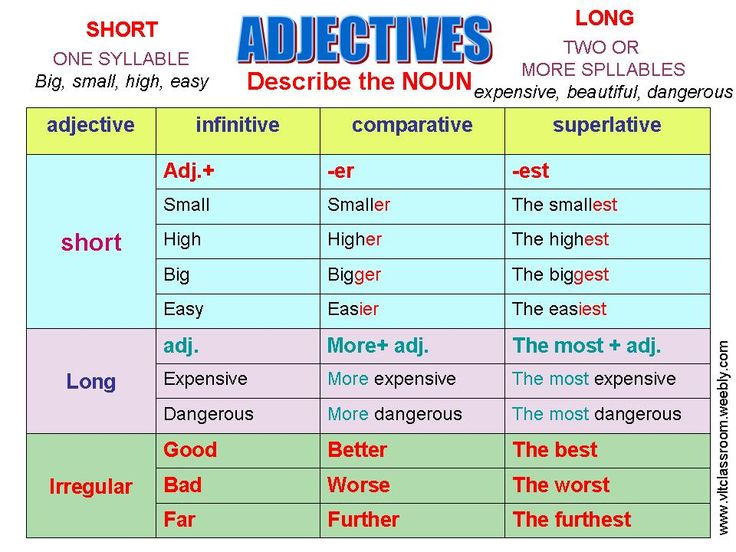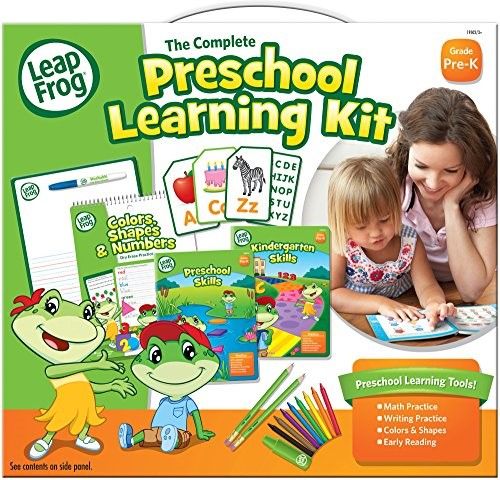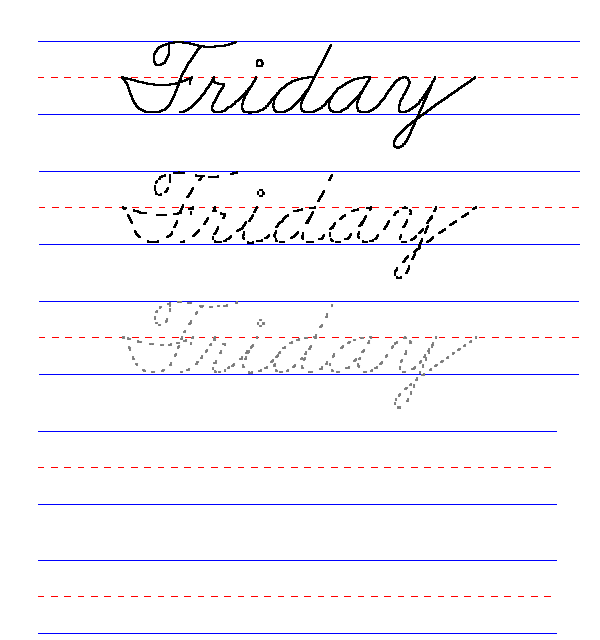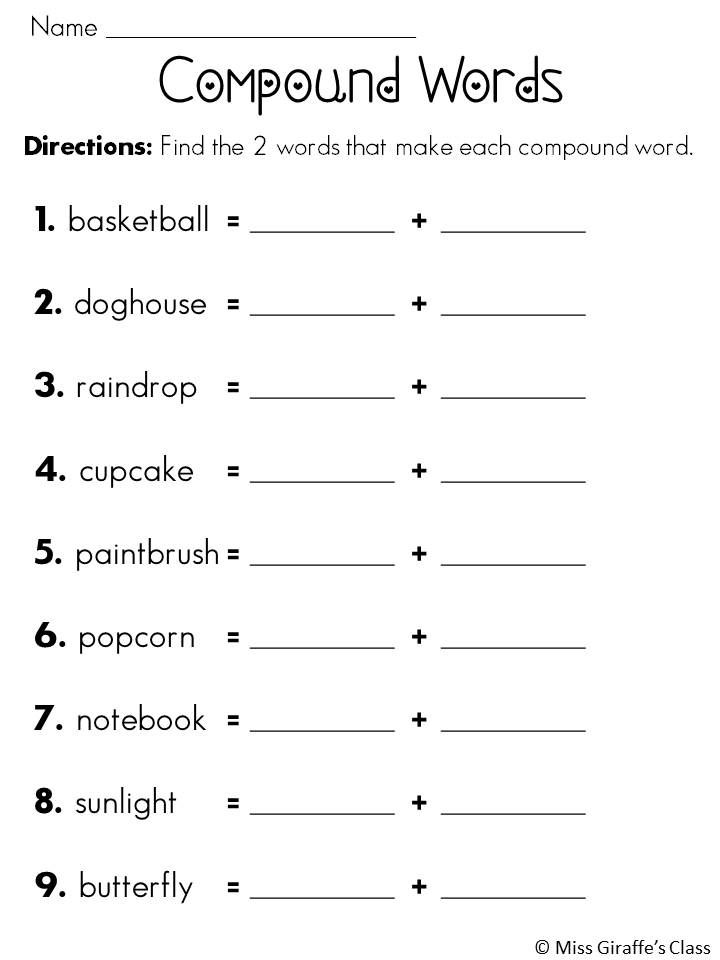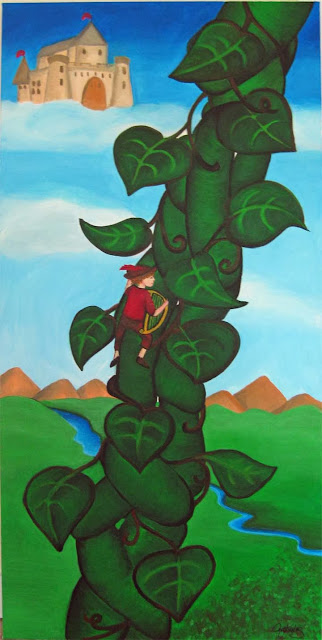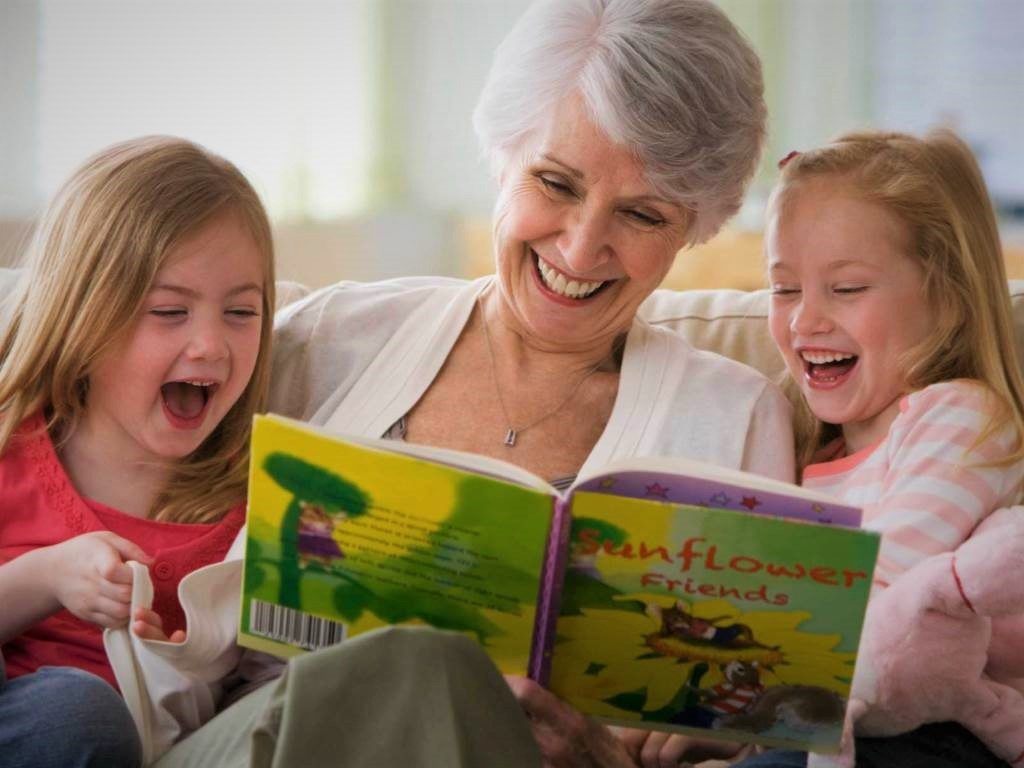Beginning letter sound activities
5 Engaging Activities for Beginning Sounds
Table of Contents
- 1 1. Create a Sound Box
- 2 2. Beginning Sounds Clip Cards
- 3 3. Beginning Sounds Task Cards
- 4 4. Matching Letters and Sounds Worksheets
- 5 5. Electronic Phonics Games for Beginning Sounds
- 6 Conclusion
Some of the links in this post are affiliate links. This means if you click on the link and purchase the item, I will receive a small commission at no extra cost to you. All opinions remain my own.
5 Engaging Activities for Teaching Beginning Sounds
Learning how to segment beginning sounds is an important milestone when learning how to read. In fact, manipulating sounds within words is the foundation of phonological awareness; a pre-literacy skill taught heavily throughout preK, kindergarten, and first grade. Whether you’re a teacher looking for independent center activities, or a parent looking to help your child build early reading skills, here are activities and printable resources you can use when teaching beginning sounds.
1. Create a Sound Box
How many times have your kids gotten a bag full of trinkets as party favors, just to come home and leave them sit on your kitchen table? It happens here all the time. But the teacher-mom in me can’t throw them away. Instead, I’ve collected them to make sound boxes; one for my house, and one for the classroom.
5 Engaging activities for teaching beginning sounds.
My sound boxes are simply decorated shoe boxes full of trinkets. For example, I toss plastic rings, necklaces, pens, markers, stickers, sunglasses, fidget spinners, hot wheel cars, barbies, and so much more into the boxes. In my blog post, 3 Tips for an Awesome Halloween Party for Kids, you can see examples of these trinkets in our pinata filler. If you don’t have these junk toys sitting around your house, you can grab sets of alphabet objects from amazon, such as the Alphabet groceries or the best-selling Letter Soup set.
Then, I have the kids match the objects to letter cards.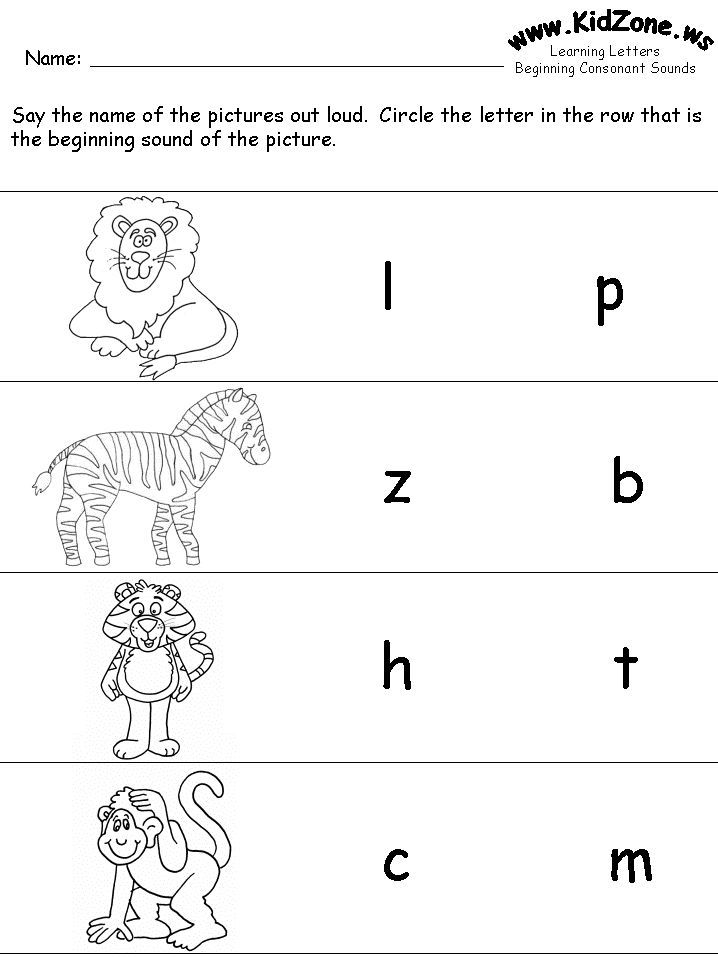 They love it! To them, they get to “play” with toys. To an educator, they are completing a hands-on, interactive lesson to build early reading skills.
They love it! To them, they get to “play” with toys. To an educator, they are completing a hands-on, interactive lesson to build early reading skills.
2. Beginning Sounds Clip Cards
These BEGINNING SOUNDS CLIP CARDS are excellent for letter recognition and letter-sound correspondence. Clip cards are a hands-on approach for kids to practice phonics, phonemic awareness, and blending. This engaging clothespin activity is also a great fine motor activity. Fine motor skills are important for everyday and academic skills, such as handwriting, manipulating objects, and getting dressed.
Using clothespins, kiddos say and clip the initial sound of the picture shown on the card. Words are printed, with a blank line representing the missing sound, to eliminate confusion of what the pictures are. If interested in more phonemic awareness activities, you can check out my blog post about CVC Clip Cards for word family activities.
Clothespins are inexpensive, and can be used for many learning activities and crafts for kids.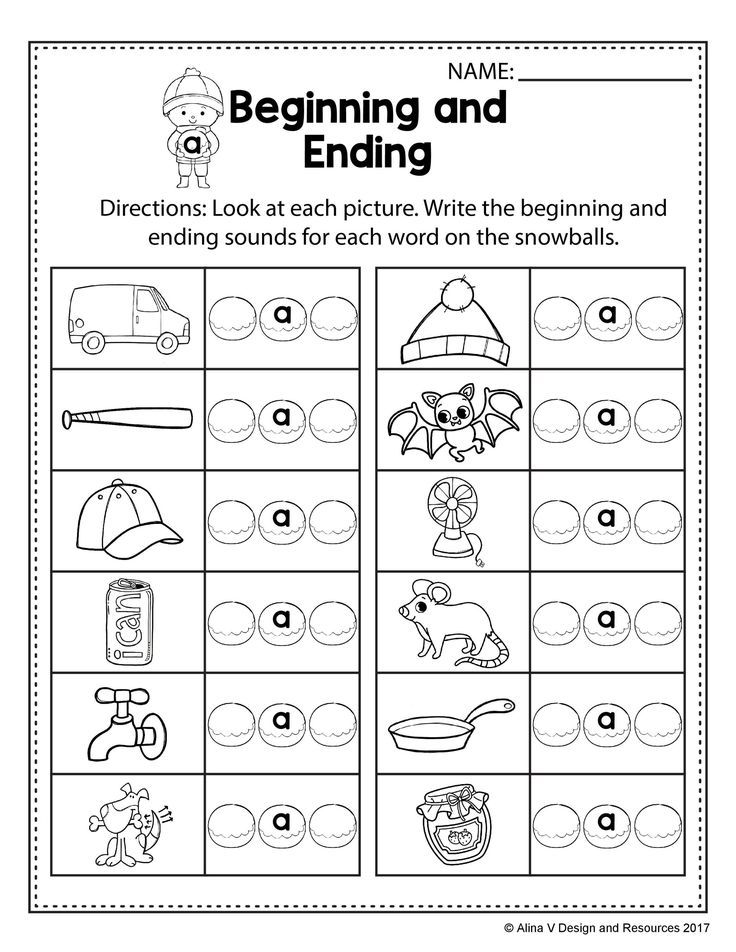
Beginning Sounds Task Cards (letters A-Z), builds fluency with segmenting initial sounds, letter-sound correspondence, and writing letters. Kiddos say and write the initial sound of the picture shown on the task card. If you’re wanting a phonics activity for kids, task cards are very versatile. There are many ways you can use task cards at home or in the classroom.
These printable worksheets for beginning sounds are great for a quick review. Your little learners draw a line from the picture to the letter representing the beginning sound. Designed for preschool, PreK, and Kindergarten, these printable activities will help build the phonemic awareness skills. If you teach or have preschoolers at home, you may be interested in my friend’s website, Cool Tot School. She also has a blog post about engaging ways to help kids identify letters.
5.
 Electronic Phonics Games for Beginning Sounds
Electronic Phonics Games for Beginning SoundsIn addition to the activities and resources listed above, you may also want to incorporate an electronic phonics games. For example, this Hot Dot’s Jr. game is great for interactive phonics and practicing beginning sounds. Use as traditional flash cards or with any Hot Dots pen (sold separately) for an interactive experience with fun lights and sounds!
Conclusion
Teaching beginning sounds can be fun and engaging. Find activities such as letter sound boxes, beginning sounds clip cards and alphabet task cards, beginning sounds match up worksheets, and electronic phonics games to keep learning fun! An alphabet pocket chart center is also a staple for preK and kindergarten learners. Every year, I find different ways to incorporate this into teaching letters and sounds. Don’t forget to keep learning fun everyday with these 10 Best Learning Toys for Kids.
Leave a comment below and let me know what you think about these 5 engaging activities for teaching beginning sounds.
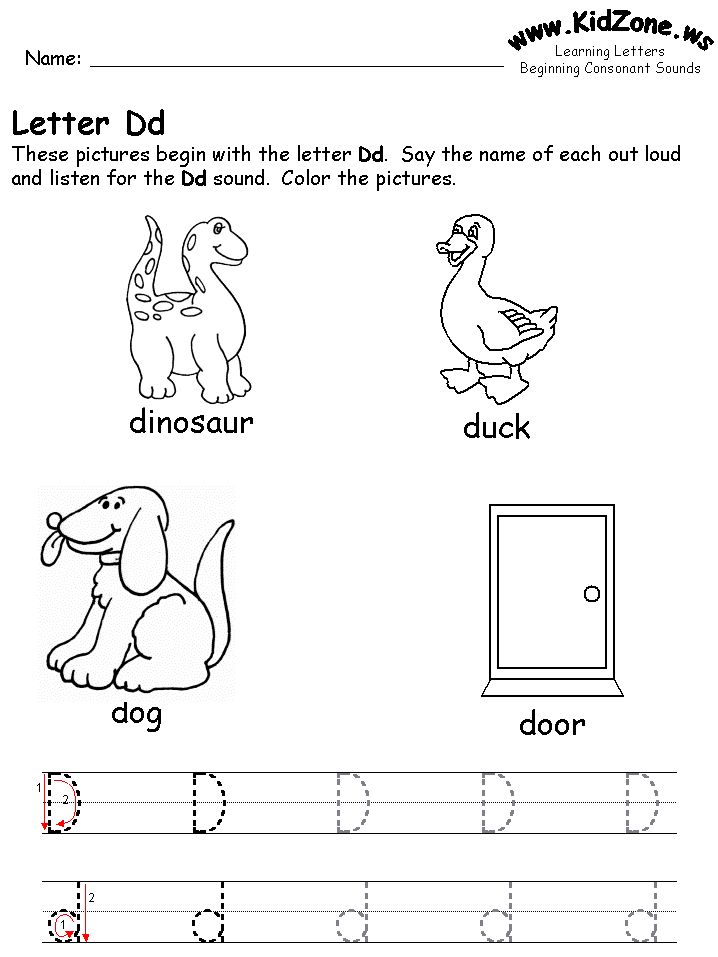
Beginning Sounds Activities for Kindergarten
Curriculum | Featured | Letters & Letter Sounds | Reading
When learning to read, there are many phonemic awareness and phonics skills students must master. Learning letter names, letter sounds, and beginning sounds is key in helping students quickly decode and read texts. To give your students the exposure and practice they need, check out these beginning sounds activities for kindergarten.
Why is it Important to Teach Beginning Sounds?
When teaching students to read, it’s important for them to understand that words are made up of letters and sounds. This knowledge helps them read and write more fluently.
Phonemic awareness and phonics skills are key in kindergarten. Phonemic awareness skills are when students understand that words are made up of various sounds.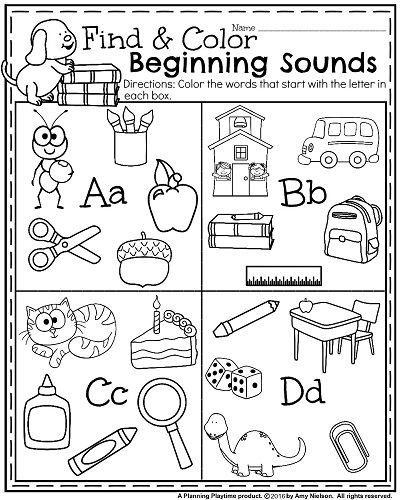 Phonics skills are what correlates the sound of a letter to the written letter itself.
Phonics skills are what correlates the sound of a letter to the written letter itself.
Begin with teaching phonemic awareness skills so students learn to listen for and differentiate the sounds in words.
It can be tricky for students to hear the middle and ending sounds in words at first, which is why starting with beginning sounds is so effective.
Digital Beginning Sounds Activities
Since it’s important for students to first understand what beginning sounds are and learn to listen for them in words, you need a variety of beginning sounds activities for kindergarten for them to practice with.
A great way to engage your students is with interactive digital phonemic awareness activities like beginning sounds Boom Cards. These Boom Card decks give students a variety of opportunities to practice listening for the same beginning sounds in words.
Plus with audio directions, audio picture names, and the self-checking feature, your students will be able to work independently with success.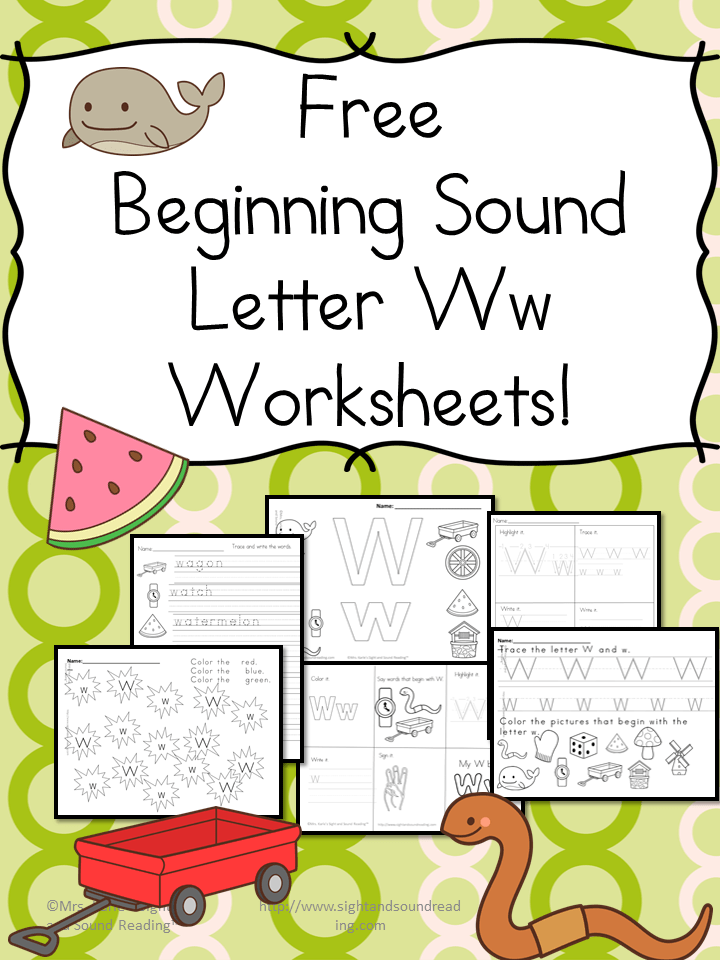
Hands-on Beginning Sounds Activities
Mastering beginning sounds takes a lot of practice and exposure. Therefore, you need a wide array of hands-on beginning sounds activities for kindergarten that your students can work with.
You can incorporate these hands-on activities into your morning tubs, literacy centers, or fast finisher activities. This is a great way to keep your students practicing their skills throughout the day.
Letter Sound Mats
One of my favorite ways to practice beginning sounds is with letter sound mats and magnetic letters. Students will say the picture name aloud, identify the beginning sound, and match the correct magnetic letter to the picture.
If you have a set of picture cards and magnetic letters, you can simply have students flip a card, identify the beginning sound, and match the letter.
Build the Sound Mats
Another great beginning sounds activity for kindergarten is build the sound mats. This activity allows students to identify the beginning sound in the picture and build the letter using manipulatives.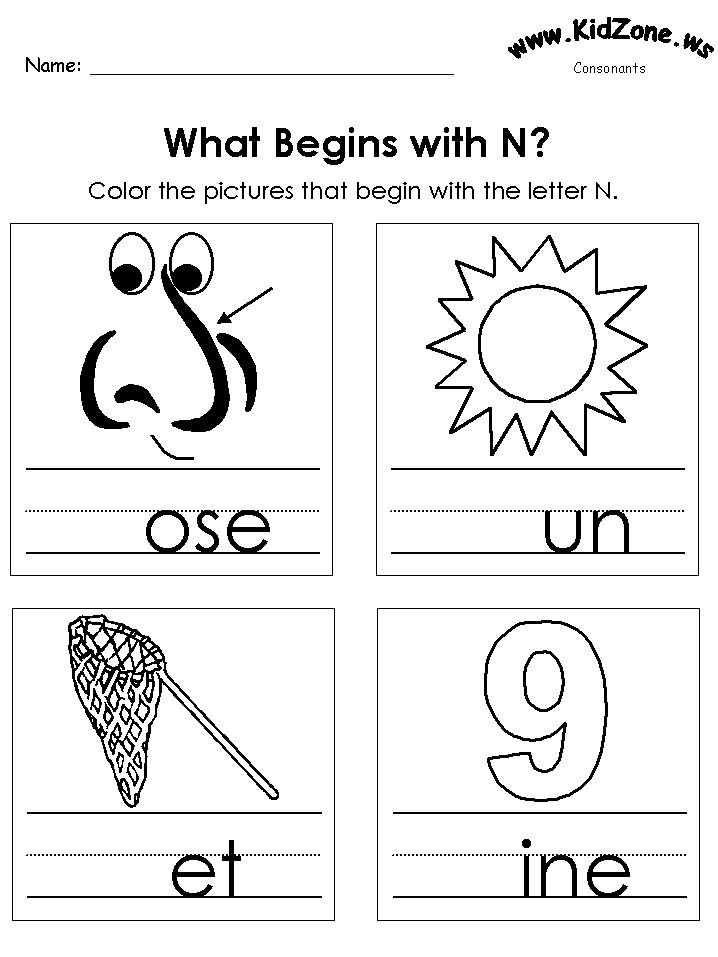
Students will get extra fine motor practice as they work on both phonemic awareness and phonics skills.
Beginning Sound Mazes
Another fun way to switch up the learning is to use beginning sound mazes with your students. As they cover the letters that make the focus sound on the mat, they’ll work their way through the maze.
This makes learning feel like a game for students, which is a sure way to keep them on task, engaged, and motivated.
If you loved these hands-on beginning sounds activities for kindergarten, you can grab them all plus more in my Beginning Sounds and Letter Sounds Bundle!
No Prep Beginning Sounds Activities
While using digital and hands-on beginning sounds activities is key, it’s also nice to keep a good stash of no prep activities on hand.
Add these no prep beginning sounds activities to your morning work, independent literacy stations, or keep them in a sub tub. They also make great time filler activities if you have a few minutes between activities.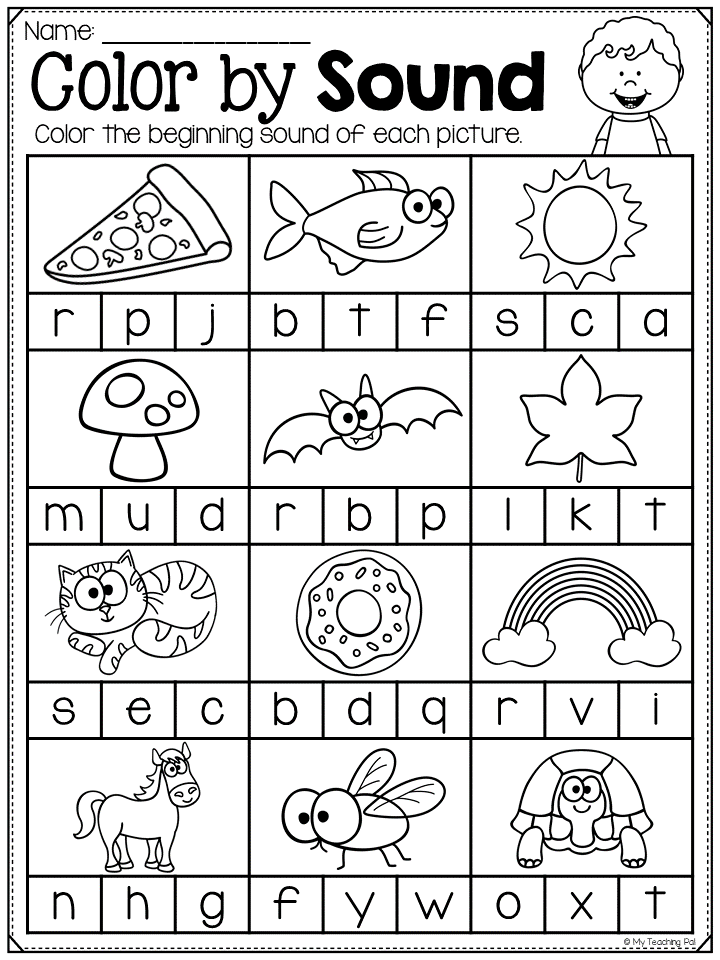
If you need a quick way to assess your students on beginning sounds, you can use these no prep activities as an informal assessment as well.
How to Assess Your Students on Beginning Sounds
As your students learn and grow their beginning sounds skills, you want to assess them frequently. This allows you to see which beginning sounds they are mastering and which sounds they need help with.
Using beginning sounds picture cards and a checklist is a great way to gauge your students’ understanding. You can monitor students quarterly, monthly, or every 2 weeks if they need more support.
Beginning Sounds Assessment Freebie
To make assessing your students on beginning sounds and letter sounds easy, I created an assessment freebie for you.
This freebie includes a beginning sounds assessment checklist and beginning sounds pictures. There is also a letter sounds assessment page and checklist to help you assess your students’ uppercase and lowercase letter sound recognition.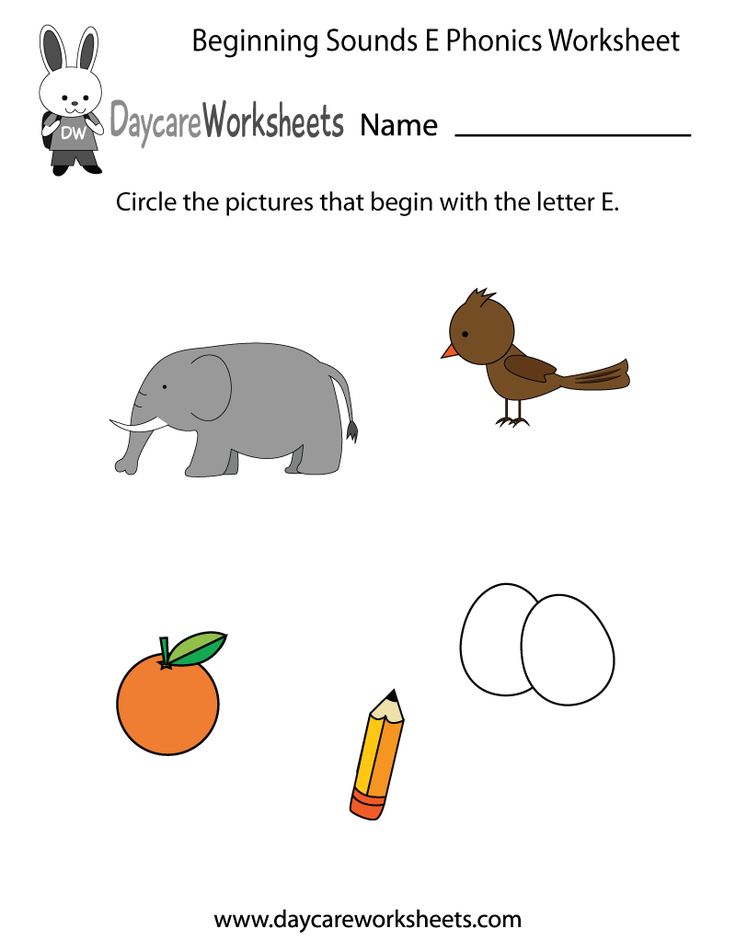
You can fill out the form below to get the beginning sounds and letter sounds assessment freebie sent directly to your inbox!
I hope these beginning sounds activities and assessments for kindergarten make learning more fun and effective in your classroom!
Post Tags: #beginning sounds#Freebies#letter sounds#literacy#literacy centers#reading
Similar Posts
"Consonants [b], [b'], letters B, b"
Lesson type: Lesson for discovering new knowledge.
Didactic goal of lesson : to acquaint students with consonants [b], [b'] and letters B, b.
Planned deliverables:
Personal UUD.
- L1. Formation of educational motivation, the internal position of the student at the level of a positive attitude towards school;
- L2. Formation of adequate self-assessment based on the criterion of success of educational activities.
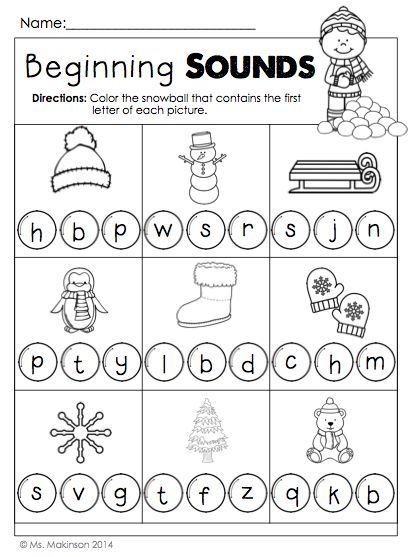
Regulatory UUD.
- R 1. Accept and save the learning task;
- P 2. Plan your actions in accordance with the task;
- R 3. Adequately perceive the suggestions and assessment of the teacher, peer.
Cognitive UUD
- P 1. Use sign-symbolic means to solve the tasks;
- P 2. Compare and classify according to specified criteria;
- P 3. Reproduce from memory the information necessary to solve a learning problem.
Communication UUD
- K1. Formation of the ability to hear and listen, follow oral instructions;
- K2. Formation of the ability to enter into a dialogue, build a speech statement orally;
- K3. Formation of the ability to negotiate and come to a common decision in joint activities.
Subject UUD
- Ex 1.
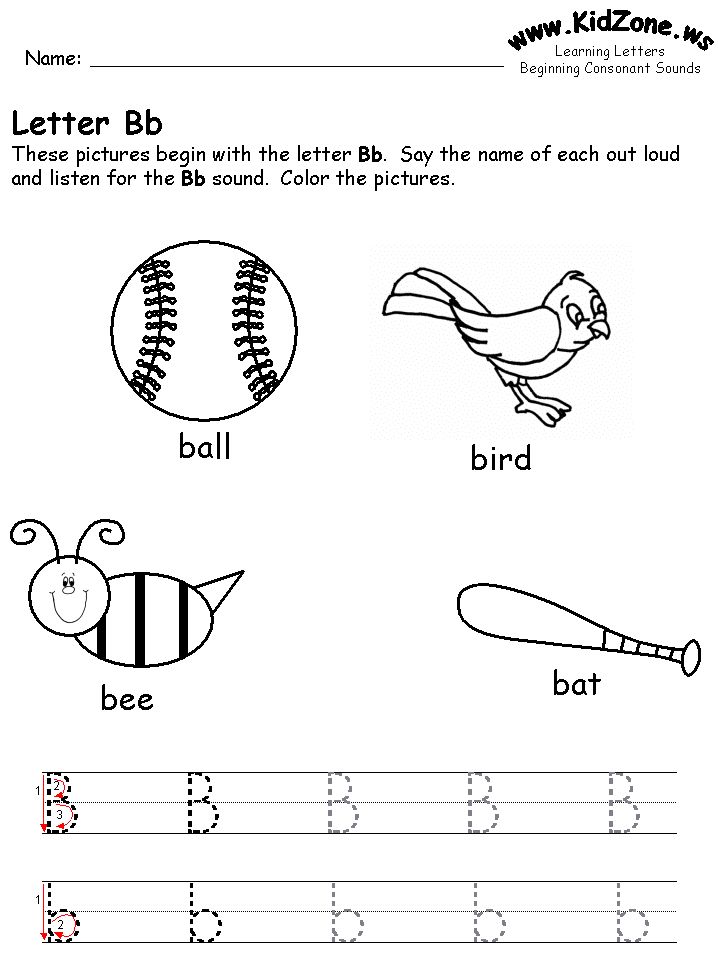 Development of phonemic hearing: recognition of sounds [b] and [b`], establishing their features;
Development of phonemic hearing: recognition of sounds [b] and [b`], establishing their features; - Ex 2. Development of the ability to analyze the sound composition of a word, distinguishing between the concepts of "sound", "letter";
- Ex 3. Formation of the skill of conscious fluent syllabic reading;
- Ex 4. Promoting the development of communication skills and the development of interest in the mother tongue.
Methodological support :
- Textbook: V.G. Goretsky, V.A. Kiryushkin, L.A. Vinogradskaya, M.V. Boykina. ABC. M.: Education, 2018.
- CD supplement for textbook
- Presentation for the lesson
- Letter box office
- Counting sticks
- Sound fan
Lesson progress
I. Organizational moment
Target: checking readiness for the lesson, greeting guests.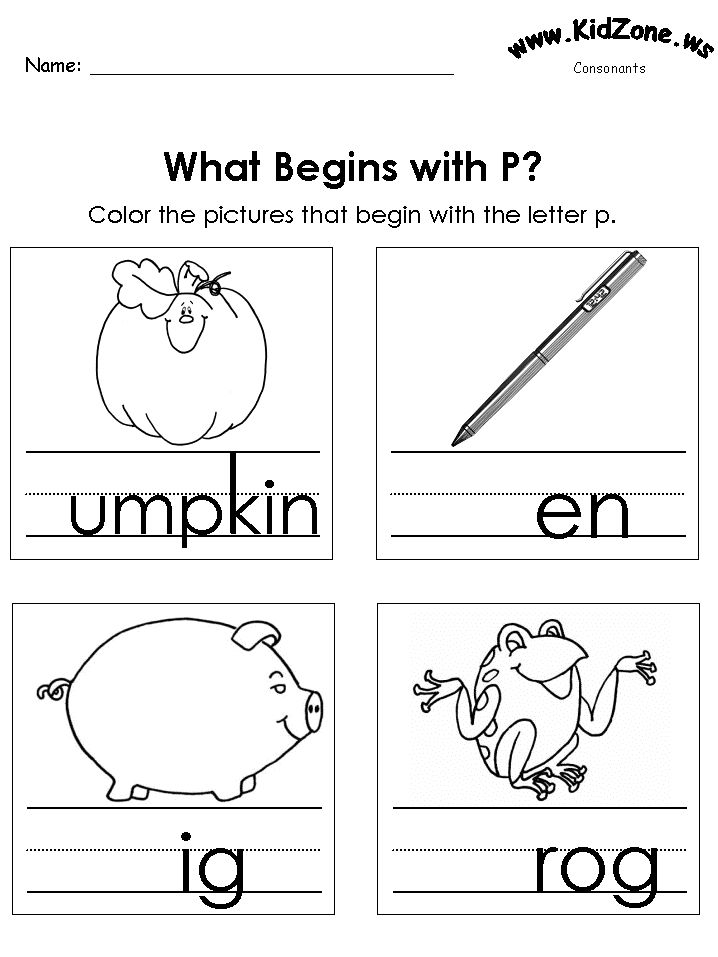
| Teacher activities | Student activities |
| Good morning, today we have a lot of guests at the lesson, greet them. Turn around, smile at your teachers. | The guys say hello. |
II. Motivation for learning activities. 3 minutes
Purpose: organization of motivation for learning activities, a positive attitude to the lesson.
Methods: verbal - frontal conversation.
| Teacher activities | Student activities |
| Let's tell our guests what our 1st class is. We are smart, we are friendly Smile to each other, good luck to everyone! | Children read poems in chorus The kids are ready to go. Reading Lesson We are learning to read. |
Result: conditions were created for the emergence of an internal need for inclusion in educational activities. L1, R1, K1.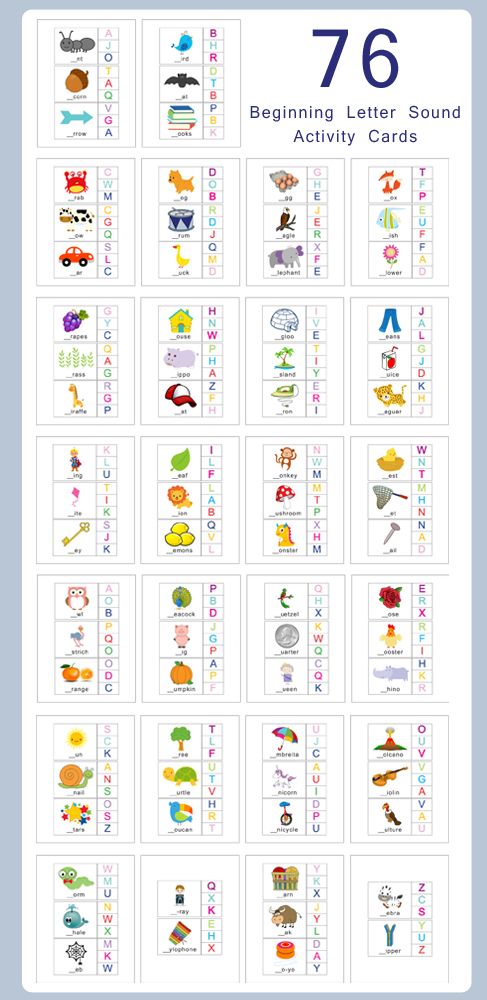
III. Knowledge update. 5 minutes
Target : reproduction of educational content necessary and sufficient for the perception of new material.
Methods: verbal - educational dialogue.
| Teacher activities | Student activities |
| Remember, please, into which two groups the sounds of the Russian language are divided. slide 1 | Answer questions, tell what they know about vowels and consonants. Perform speech exercises. Ripe grapes grow on Mount Ararat. |
Result: repetition of previously learned learning activities necessary for the perception of new material. L1, K1.2, P3, Pr4.
IV. Statement of the educational task, determination of the purpose of the lesson. 2 minutes
Purpose: formulation of the purpose of the lesson, drawing up a work plan.
Methods: verbal - introductory dialogue,
| Teacher activities | Student activities |
| The board opens up. | - Acquaintance with a new letter. |
Result: children formulating a problematic issue, pronouncing the purpose of the lesson in oral speech, planning their actions in the lesson. L1, R2.3, K1.2.
V. Joint discovery of new knowledge. 13 minutes
Purpose: organize learning activities aimed at building new knowledge.
Methods: verbal - educational dialogue; visual - slides, word schemes, sound men; practical - independent work of students with diagrams, a sound fan.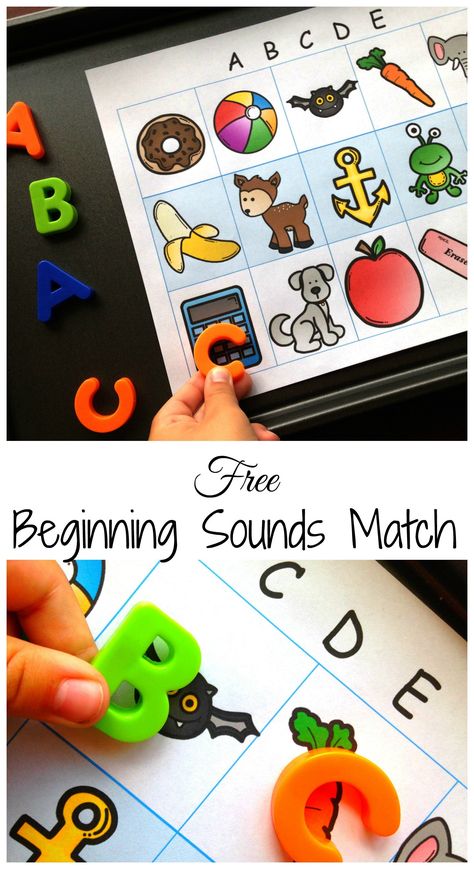
| Teacher activities | Student activities |
| 1. Extraction of new sounds Who deftly jumps on the trees slide 2 Second riddle Hides her like a mask slide 3 | . Read the word according to the scheme (new sound in white) Read the word according to the scheme (new sound in white) Turning to the plan They name words, determine where the sounds are located, at the beginning of the word, at the end or in the middle. Lay out a word scheme, perform a mutual check. They call the number of sounds in words, the number of syllables, the stressed sound. There are 2 people working at the board. |
VI. Dynamic pause. 3 minutes
Purpose: relieve fatigue, give rest to the muscles, organs of vision, restore the strength of the child.
Methods: practical - doing exercises.
| Teacher activities | Student activities |
| Shows and comments on exercises for different muscle groups to relieve eye strain. | Perform a set of exercises. |
Result: students are ready to work further
VII. Co-discovery of new knowledge (continued)
| Teacher activities | Student activities |
| 3. Acquaintance with the letter B, b | They raise their hands. We need letters. 2 people go out, find the letters B, b Get acquainted with the capital and lowercase letter B, b. Capital! Borya, Bobik, Barsik, Barbos |
Result: solution of a learning problem in work under the guidance of a teacher. L2, P1,2,3, K1,2,3, P1.2.
VIII. Inclusion of what was learned into the knowledge system 5 minutes
Purpose: use of new knowledge in standard conditions.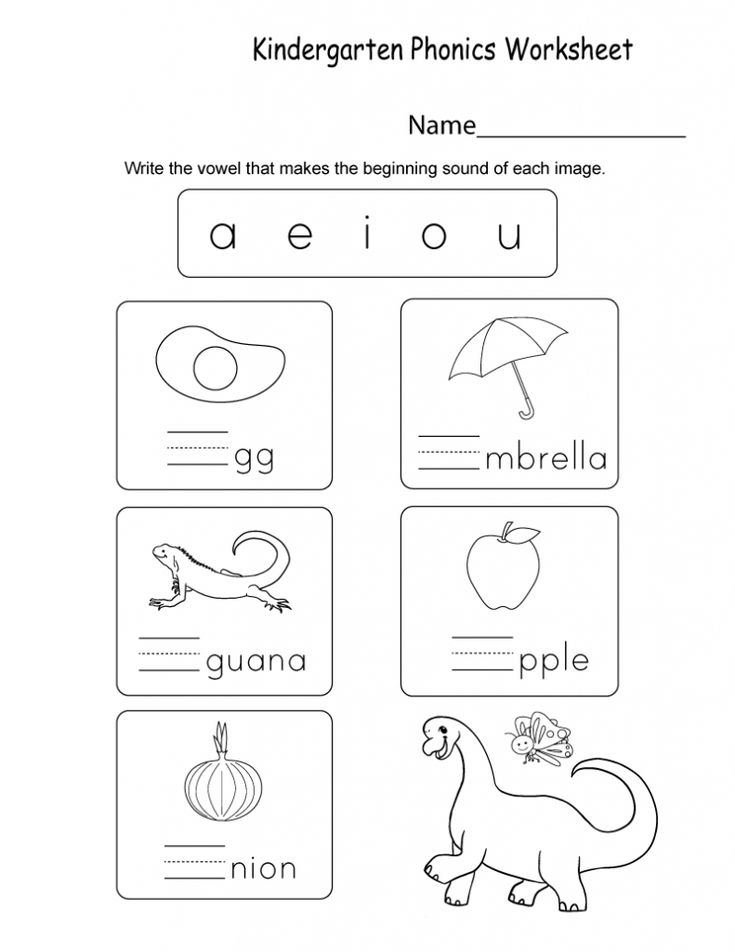
Methods: verbal - expressive reading, practical - repeated reading of syllables and words with various tasks.
| Teacher activities | Student activities |
| Reading syllables with a new letter (CD application) | They read in chorus together slowly, faster, only girls, only boys. Children who can read read. Who knows this passage by heart, tell. |
Result : mastering new knowledge and the ability to apply it in their activities. K1.2, Pr1,3,4, P1.
IX. Outcome. Reflection. 4 minutes
Purpose: analysis of activities in the lesson, summing up, receiving feedback.
Methods: verbal, visual - a model of a sound man.
| Teacher activities | Student activities |
| Referring to the Lesson Plan | We got acquainted with new sounds, gave them a description, learned a new letter They evaluate their work with the help of sound men. |
Result: formation of an idea about the meaning of this topic, assessment of one's activities in the lesson. P3, K1,2, Pr4.
Application
Acquaintance with the sounds [p], [p']. Letters P, p.
Colour: C C C C
Font size: A A A
Images:
Regular site version
-
Learning activities
Date: 12/08/2009
Author: Belyaeva Tatyana PetrovnaSubject: literacy.
Class: 1.
Subject: Acquaintance with sounds [p], [p']. Letters P, p.
Lesson type: learning new material.
Purpose: formation of communicative and cognitive universal educational activities.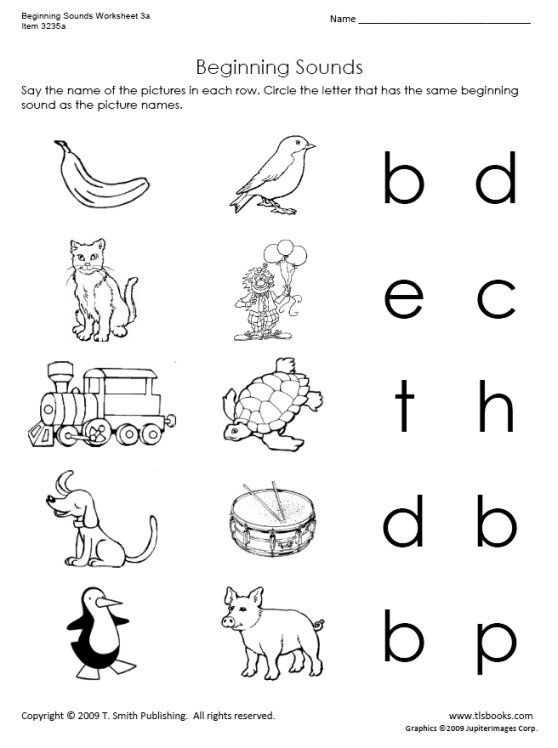
Tasks:- educational: the formation of ideas about the letter P, the improvement of calligraphic and reading skills;
- developing: development of logical operations, development of the ability to think;
- educational: education of accuracy, culture of communication (the ability to listen and hear others).
Equipment: textbook, notebook, stationery, plasticine, wire, lacing, task cards, illustrations.
- Organizational moment.
- Statement of the learning task:
We are now having a literacy lesson. What do we do in class? (we analyze, compare, model, work with notebooks and a textbook, learn to read and write, get acquainted with new letters and sounds)
- Acquaintance with sounds [p], [p'].
- Look at the desk.
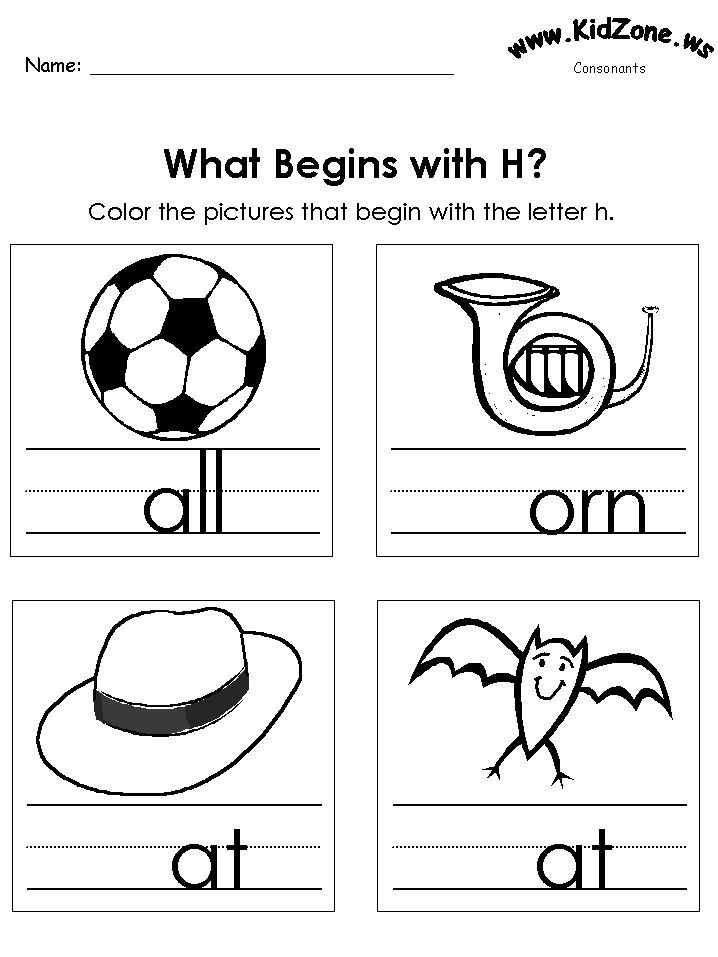 (stove / oven, cannon, bee, shelf)
(stove / oven, cannon, bee, shelf)
What task can be done? (find similarities and differences)
- What can I say? (they consist of 5 sounds, 2 syllables)
- What word can be superfluous? (a bee is alive, a stove is not 5 sounds)
What can you say about these items?
- Do you think these words will have the same sound scheme?
- Compare the first sounds. Say them.
- What can be said about them? What do you need to remember for this? (what are the sounds)
Sound
vowel consonant shock unstressed deaf voiced solid soft What are our sounds? (consonant - when pronouncing the air in the mouth meets an obstacle, deaf - we do not hear it; in the word "stove" - soft, in the word "gun" - hard)
- But can the sounds [p], [p'] occur only at the beginning of a word? To answer the question, we will work in groups. Each group will find certain words among the objects around us and attach them to the board. The first group - words that begin with the sound [p].
Each group will find certain words among the objects around us and attach them to the board. The first group - words that begin with the sound [p].
The second group is words that begin with the sound [p'].
The third group is words in which the sound [p] is in the middle of the word.
The fourth group is words in which the sound [p,] is in the middle of the word.
The fifth group is words in which the sound [p] is at the end of the word.
The sixth group - words in which the sound [p '] is at the end of the word.
- The groups are finished. Do you agree with them?
- Visual image of the printed letter P, p.
- I also found pictures. Hockey, football The letter P in the gym
- Where should I put them? What do I have pictured? (letter P)
- What does she look like?
Letter P - doorway,
Don't go there together.
The letter P is the gate in the field.
They called it a crossbar.
- A letter is a sign, a symbol. Letters we ... read and write.
- Practical work. Reading syllables.
- I wonder what we can read.
Take cards number 1. Read what needs to be done.
Card #1
Read the syllables.
Underline the soft 'p' syllables with green crayon and the hard 'p' syllables with blue crayon. PYA - PO - PU - PI - PE - PY
PA - PE - PY - PY - PO - PY
Verification:
girls read all the syllables where the letter P stands for the sound [n'],
boys read all the syllables, where the letter P stands for the sound [p].
- Eye exercise.
- Visual image of the written letter P, n. Letter of letters.
- Reading the syllables, what letters did you see? (printed)
- What other letters are there? Complete the table.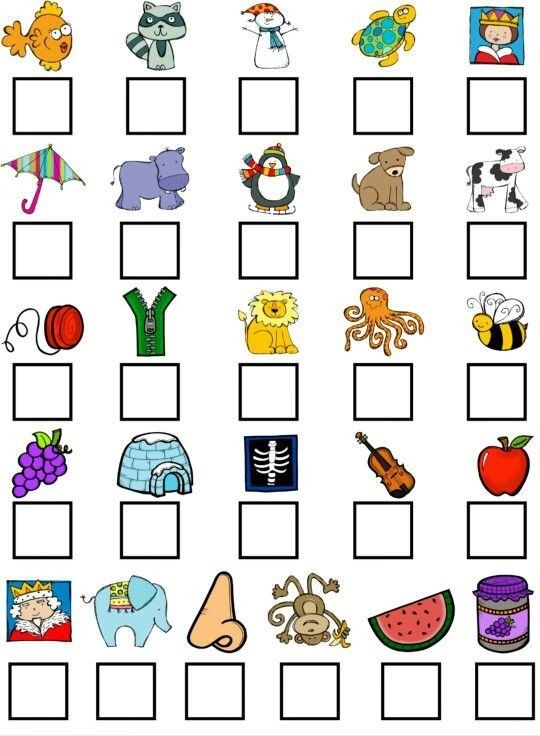 Letters
Letters
| capital letters | lowercase |
| printed | ... (written) |
Capital letter P.
- Compare printed and written letters.
Simultaneously:
A) - To better remember the letter, let's try to depict it with the help of plasticine and wire, shells (the work of a group of students)
- Show what you've got.
B) - What elements does the capital letter P consist of?
- Take card number 2. Circle the letters in which there are elements of the letter P + self-test.
Card #2
In capital letters, find and circle with a red pencil the elements that you will need when writing a capital letter P. G, T, B, Z, I, Y, N, Y
Capital letter P.
- Open the recipe p.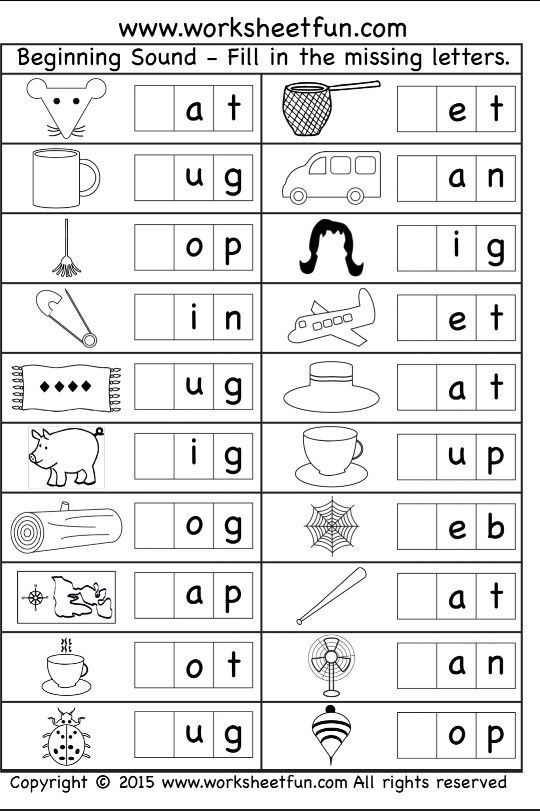 13. Letter letters in the air. Circle the elements of the capital letter P 3 times.
13. Letter letters in the air. Circle the elements of the capital letter P 3 times.
Take the correct posture for writing, do not forget about the slope of the notebook.
Write the first and second lines.
- Why do you need a capital letter P? (the beginning of a sentence, names, nicknames, geographical names)
The image of the lowercase letter P.
Is it possible to translate the capital written letter P into lowercase? (no)
- Why? (different number of elements)
At the same time:
A) - What elements does the lowercase letter P consist of?
Take card number 3. Circle the letters that contain elements of the letter P + self-test
Card number 3
In lowercase letters, find and circle with a red pencil the elements that you will need when writing a lowercase letter p. g, r, U, n, u, t
B) - Draw a lowercase letter using lacing, shells. (work of a group of students)
Small letter P.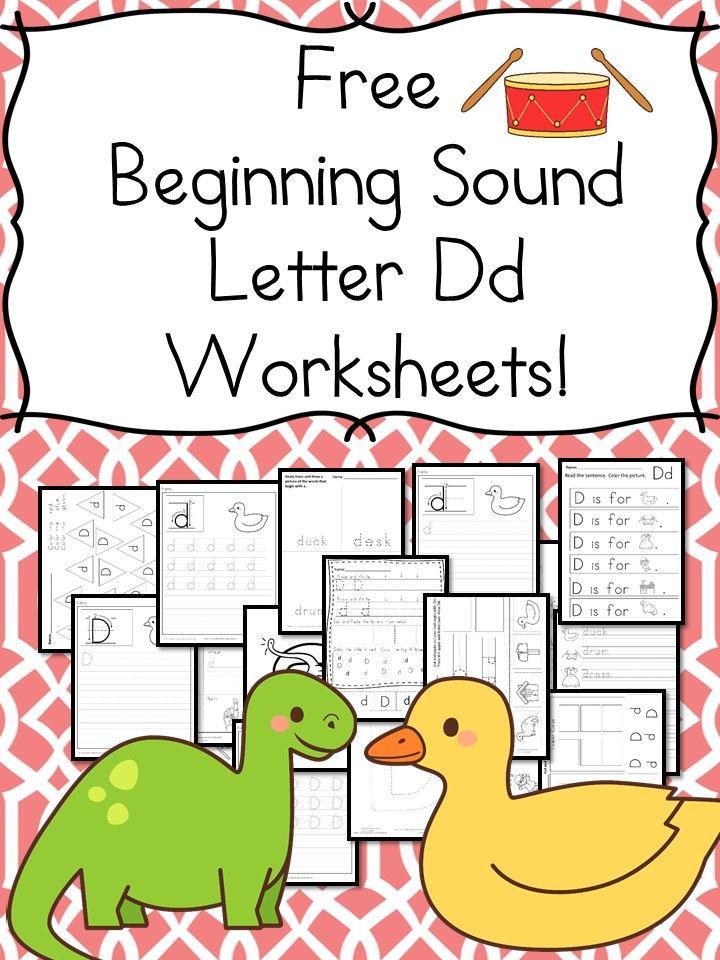
- Turn over the page. Letter letters in the air. Circle the elements of the lowercase P 3 times. Write the first and second lines.
- Finger gymnastics.
- Reading words with the letter P.
- We wrote, and now we will read again.
- Let's see if we can read the words with the letter P. Let's open our textbooks to page 113. Spatial orientation
- Find the words. How are they located? (5 columns of 3 words or 3 lines of 5 words)
Read the words in a half whisper.
A) Read the words of the last column.
- What do they have in common? (consisting of 5 letters, ending in –lka)
- What is the difference? (first sound, first vowel)
B) - Read the words consisting of one syllable.
C) - Find and read the words that are connected by the relationship "one-many" (paw-paws)
- Is the saw-to-file pair suitable for this ratio? Why? (no, different lexical meaning, big-small relation)
- Choose a pair for each word. (saw - saws; file-files)
(saw - saws; file-files)
D) - How else can you change the meaning of a word? (...)
Let's do the task at the bottom of the page. What did you notice? (changing one letter in the word, we change its meaning: board-port-post-bridge)
D) - You changed one letter and the meaning of the word changed, and I will swap all the letters. flood
- Has the meaning of the word changed? (no)
Such words are called polyndromes or flip words.
Find another such word in the textbook. (stomp)
- Does anyone know this word? (grandfather, mime, Cossack, revolver)
- Summary of the lesson. oral reflection.
- We did a good job today. What did we do? (reasoned, analyzed, i.e. learned to think, created, developed their attention, learned to work with a textbook, learned to read and write)
- What results have been achieved? (learned to write the letter P, read words with the letter P)
- Pedagogical and psychological diagnostics.
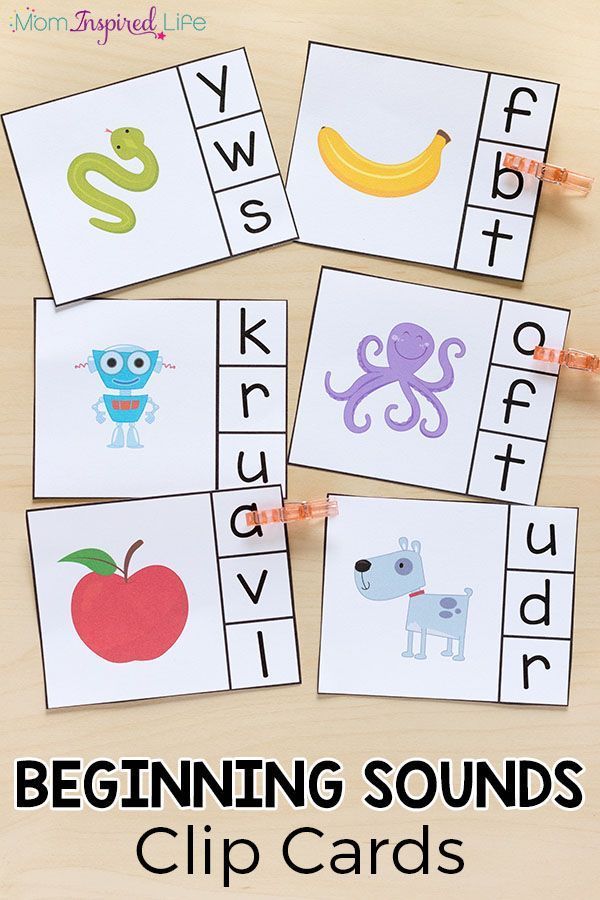

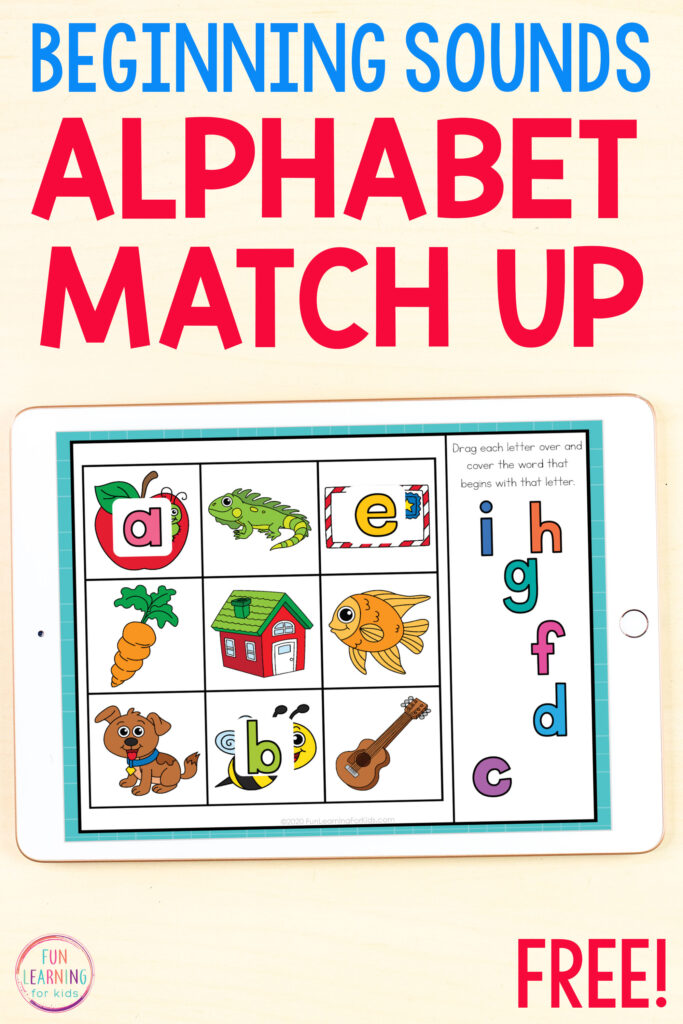
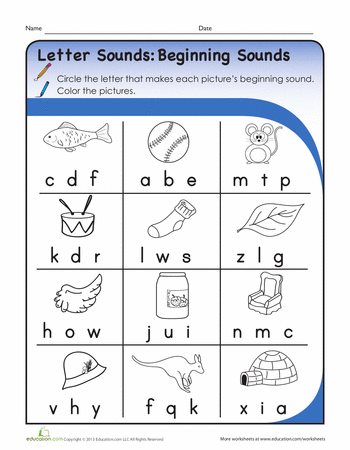 swing tongue exercise
swing tongue exercise 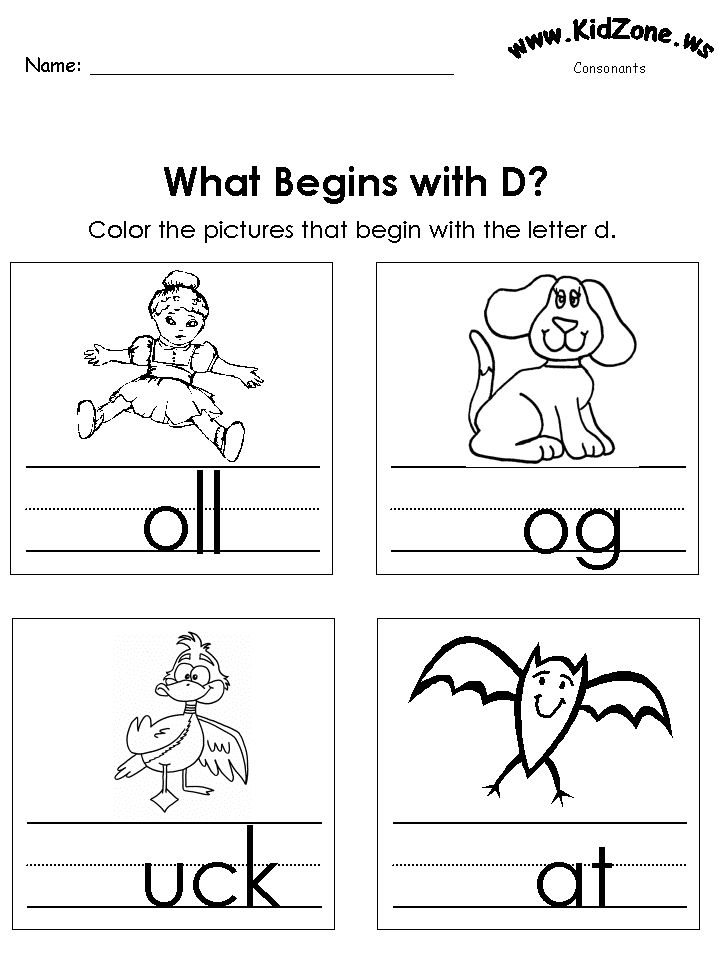
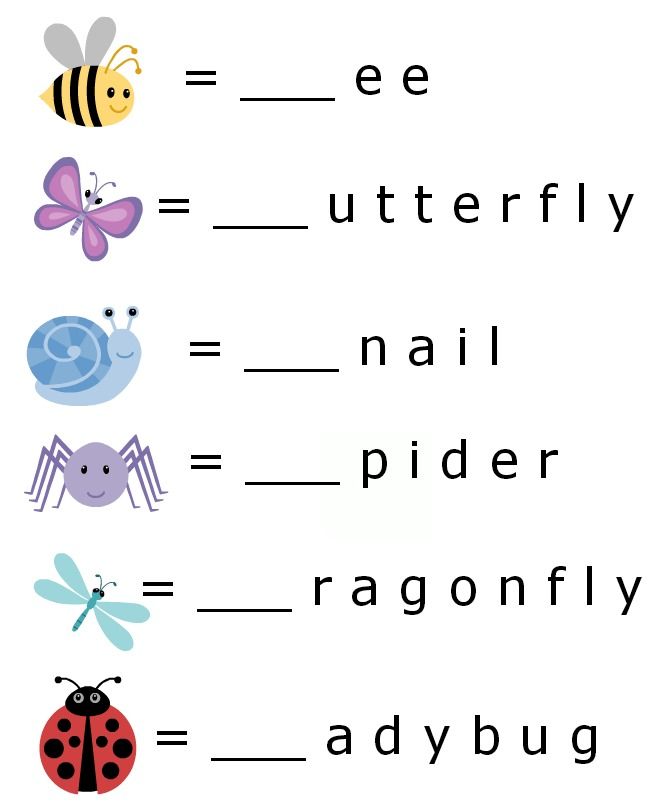
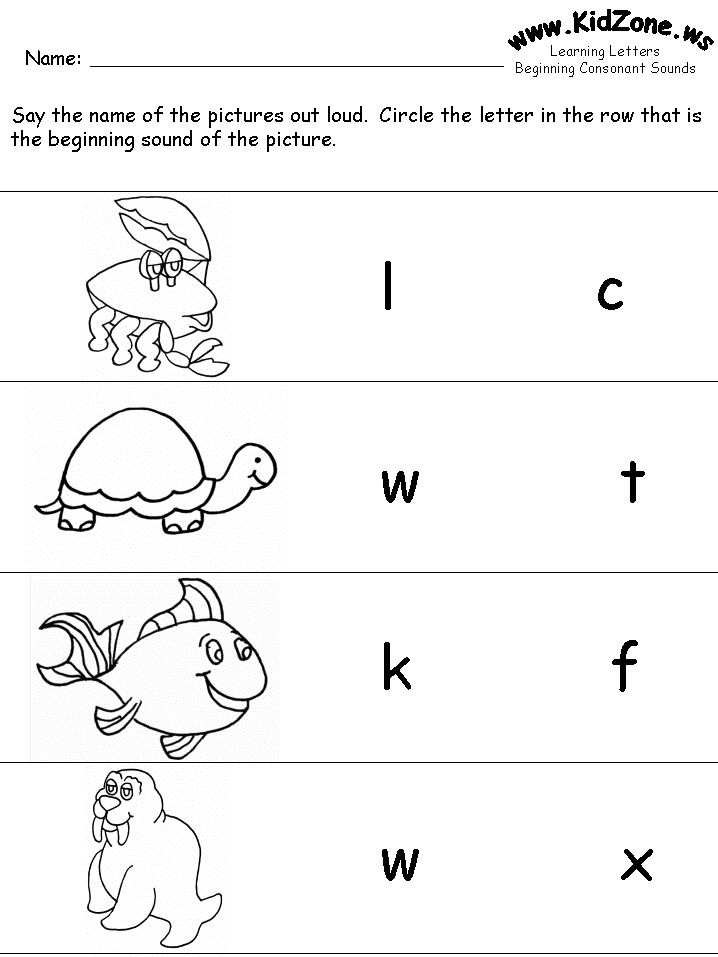
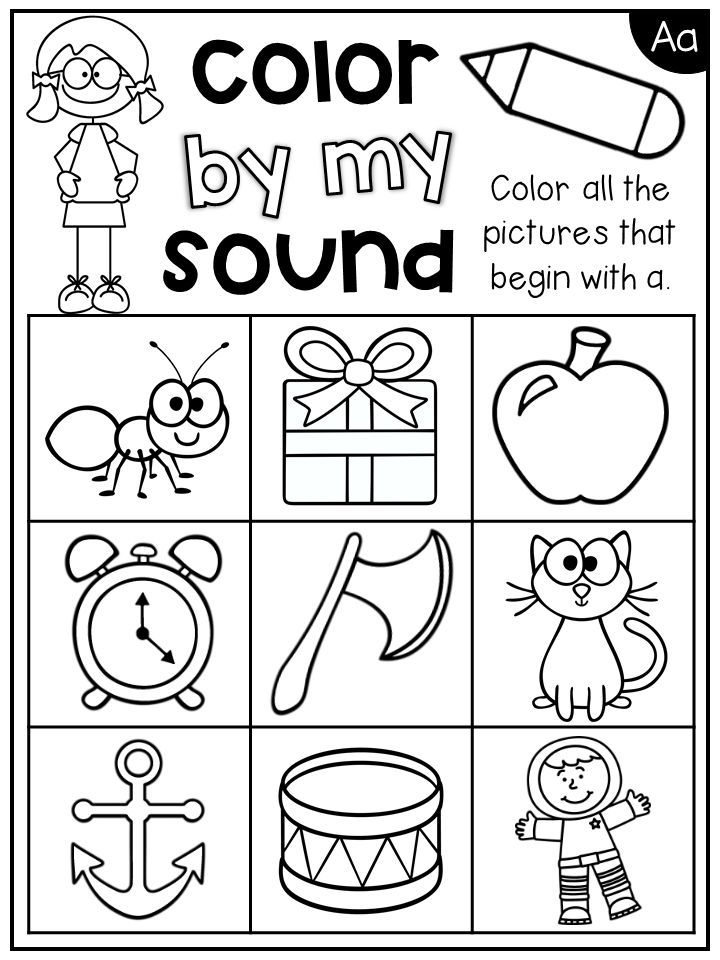
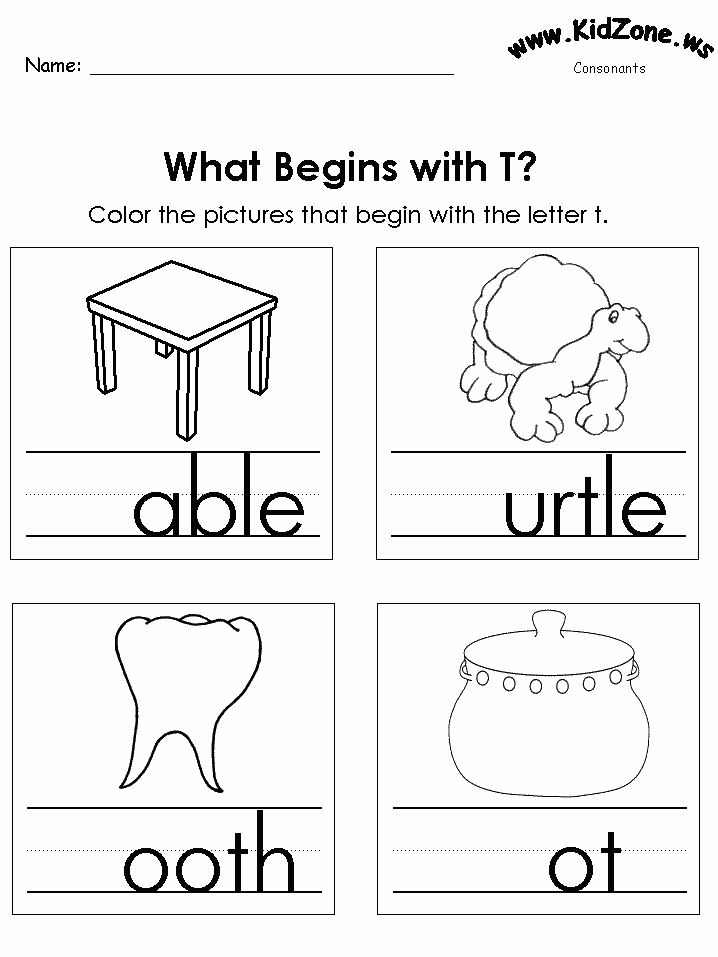
 Well done! Great letters!
Well done! Great letters! 
 ..
.. 